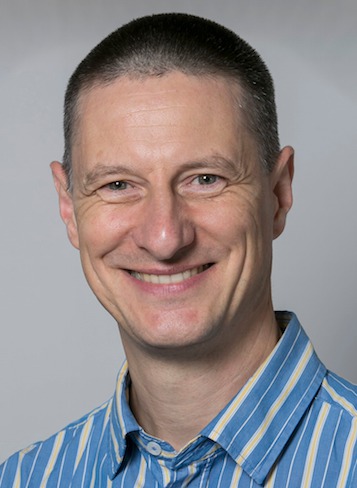Excitability and feedback: to pulse or not to pulse?
Bernd Krauskopf (University of Auckland)
joint work with Soizic Terrien and Neil Broderick (University of
Auckland), Anirudh Pammi and Sylvain Barbay (C2N, Paris-Saclay)
18 November, 2019
Department of Physics, 4pm
Abstract: Excitability is a very common phenomenon in the dynamics of many natural and engineered systems; examples are neurons, certain chemical reactions and laser systems. Being at equilibrium, an excitable system reacts to a sufficiently large perturbation by suddenly releasing a pulse of stored energy. Then the system needs some time to recover its level of stored energy. When excitable systems are coupling to themselves or to each other, they receive feedback with a delay time that is considerably larger than the pulse length. This may lead to very interesting pulsing dynamics. We demonstrate this here with an excitable micropillar laser with a feedback loop, or external cavity, generated by a regular mirror, which has been shown experimentally to be able to sustain trains of optical pulses. These can be triggered largely independently by optical perturbations injected into the laser, and they are then sustained simultaneously via feedback from the external cavity. A bifurcation analysis of a rate-equation model shows that the system has a number of periodic solutions with different numbers of equally spaced pulses as its only attractors. Hence, although coexisting pulse trains can seem independent on the timescale of the experiment, they correspond to very long transient dynamics. We determine the switching dynamics by studying the associated basins of attraction, which demonstrates that timing is everything when it comes to triggering or erasing pulse trains.
